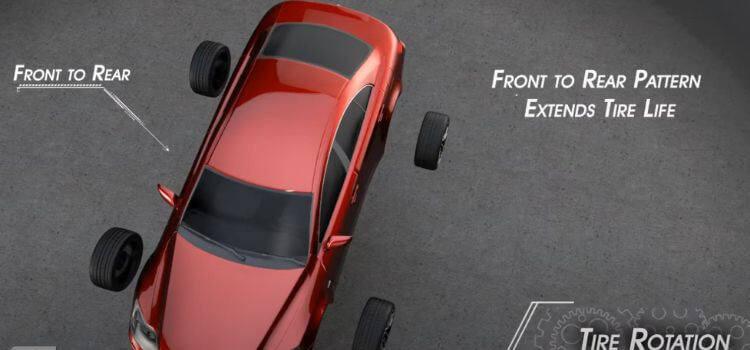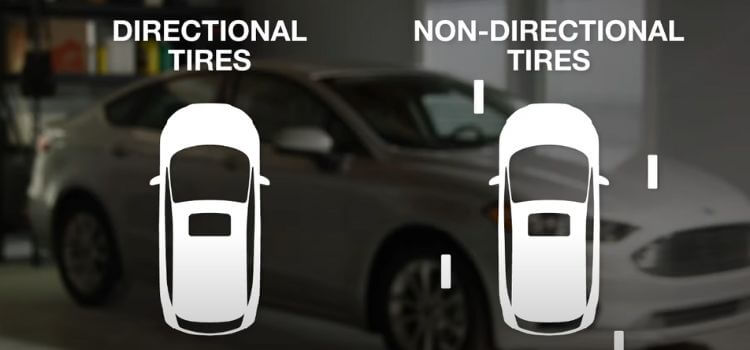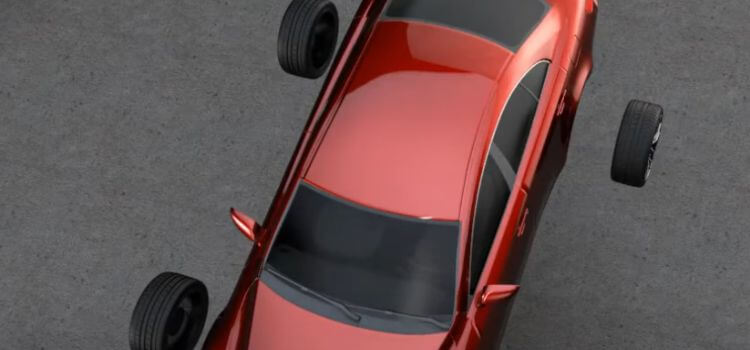As an Amazon Associate, I earn from qualifying purchases
When it comes to tire maintenance, rotating your tires regularly is a common piece of advice. However, there are certain situations when it may not be necessary or even advisable to rotate your tires. In this post, we will discuss the circumstances in which you may not need to rotate your tires and provide guidance on how to determine whether or not it’s the right time to do so.

When the tires are not worn evenly
It is important to rotate your tires regularly to ensure even wear and maximize their lifespan. However, there are certain circumstances when you should not rotate your tires. For example, if your tires are not worn evenly, rotating them could cause handling and stability issues. Additionally, if you have different tire sizes on the front and rear axles, rotating them could affect your vehicle’s performance. Furthermore, if your tires have different tread patterns or are directional, rotating them may not be recommended.
When the vehicle has directional tires
It is not recommended to rotate tires if the vehicle has directional tires. Directional tires are designed to rotate in one specific direction, so switching them around can negatively impact their performance and safety. It’s important to follow the manufacturer’s guidelines for tire maintenance and rotation to ensure optimal safety and performance for your vehicle.
When the vehicle has staggered wheels

It’s important to know when not to rotate your tires. In the case of staggered wheels, where the front and rear tires are different sizes, it’s not recommended to rotate them. This is because the tires are specifically designed for the front or rear of the vehicle and rotating them could impact the handling and performance of the car. Always follow the manufacturer’s guidelines and recommendations for tire rotation to ensure the best safety and performance for your vehicle.
When the tires are different sizes on the front and rear of the vehicle
It’s important to know when not to rotate your tires. If the tires are different sizes on the front and rear of the vehicle, it’s not recommended to rotate the tires. This is because different sized tires have different tread wear patterns, and rotating them can cause handling and stability issues. Additionally, if the tires have directional tread patterns, rotating them can affect their performance.
When the tires are showing signs of damage or wear that may need attention

It is important to be aware of signs of damage or wear on your tires that may indicate the need for attention. If you notice any of the following issues, it may be time to have your tires inspected and potentially replaced: uneven tread wear, low tire pressure, bulges or cracks in the sidewall, and vibration while driving. Additionally, if your tires are older than 6 years, it’s a good idea to have them checked even if they appear to be in good condition.
When the vehicle has a specialized tire setup for performance or handling reasons
There are certain situations when it is not recommended to rotate your vehicle’s tires. For example, if your vehicle has a specialized tire setup for performance or handling reasons, rotating the tires could negatively impact the vehicle’s performance. Additionally, if the tires are designed to be directional, meaning they are only intended to rotate in one direction, then rotating them could cause handling and safety issues.
Conclusion
there are certain situations when it may not be necessary to rotate your tires. If your vehicle has different tire sizes on the front and rear axles, or if your tires are directional or asymmetrical, rotating them may not be recommended. Additionally, if your tires are showing signs of uneven wear or damage, it may be best to address those issues before rotating them.
As an Amazon Associate, I earn from qualifying purchases
Leave a Reply